Premium Only Content
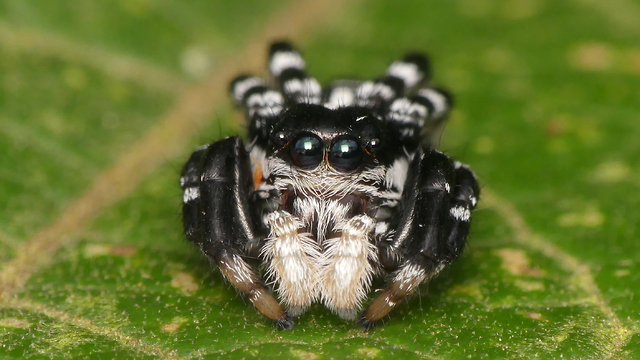
This Tiny Jumping Spider Cured Our Arachnophobia
Jumping spiders do not build a web to trap insects, but jump on their prey and grab it with the jaws. They still produce silk for safety lines while jumping and also to build a tent as shelter from bad weather and to sleep at night. As most spiders they have four pairs of eyes, which give them a 360-degree view of the world. Their large frontal eyes are build like telescopes and provide them with very sharp vision. A mobile retina allows them to scan the object they are looking at.
They might look huge, nasty and vicious, but they are actually unbelievably tiny! The body length of jumping spiders generally range from 1 to 25 mm (0.04–0.98 in). That can easily be acknowledged if you take into account the size of the veins on the leaves in the video.
These minuscule buggers can be found almost anywhere. Tropical forests harbor the most species, but they are also found in temperate forests, scrub lands, deserts, intertidal zones, and mountainous regions. Euophrys omnisuperstesis the species reported to have been collected at the highest elevation, on the slopes of Mount Everest.
What’s most amazing about these <a href="https://rumble.com/v3adi2-ball-of-baby-spiders.html" target="_blank">tiny spiders</a> is their field of vision. Jumping spiders have four pairs of eyes; three secondary pairs that are fixed and a principal pair that is movable.
The posterior median eyes (PME) are vestigial in many species, but in some primitive sub-families they are comparable in size with the other secondary eyes and help to detect motion. While unable to form images, it is suspected that the reduced pair of eyes has a role similar to that of insect ocelli by receiving light from the sky. The photoreceptors in the other secondary pairs are almost exclusively greensensitive, but the PME have two visual pigments different from that in all the other eyes, sensitive to blue and UV-light. The posterior lateral eyes (PLE) are wide-angle motion detectors which sense motions from the side and behind.
Combined with the other eyes, it gives the spider a near 360-degree view of the world.
-
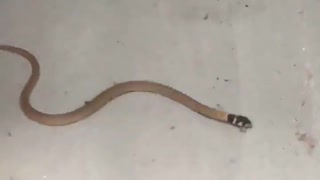 0:51
0:51
Elenapp
7 years agospider snake attack
47.8K1 -
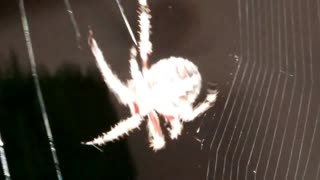 0:12
0:12
VideoExposure
9 years agoAlong came a spider
2.32K -
 1:59
1:59
Molly_Grace
8 years agoRising lake levels cause spider infestation in Australian home
20.8K -
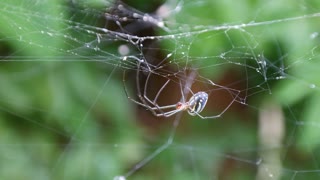 0:38
0:38
EpicFamilyChannel
9 years ago $1.71 earnedUp-close view of a spider
2.48K -
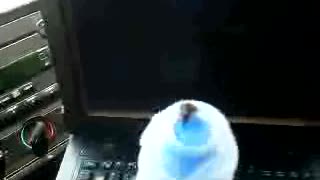 0:22
0:22
ViralHog
7 years agoGetting Punked By A Jumping Spider
59 -
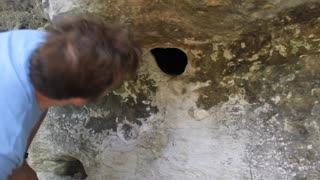 0:45
0:45
ViralHog
9 years ago $106.46 earnedCrazy Scary Spider Hole
104K -
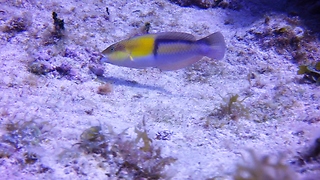 0:31
0:31
WildCreatures
7 years ago $9.39 earnedTiny reef fish shows remarkable hunting technique
5351 -
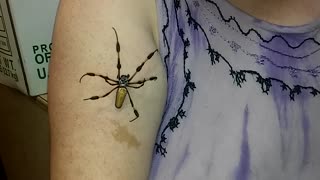 1:31
1:31
ViralHog
7 years ago $2.24 earnedBrought our Banana Spider Inside
766 -
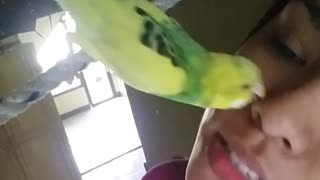 0:05
0:05
Myfluffybirds
7 years ago $0.01 earnedSpider bird
74 -
 1:15:00
1:15:00
Awaken With JP
21 hours agoMerry Christmas NOT Happy Holidays! Special - LIES Ep 71
288K224